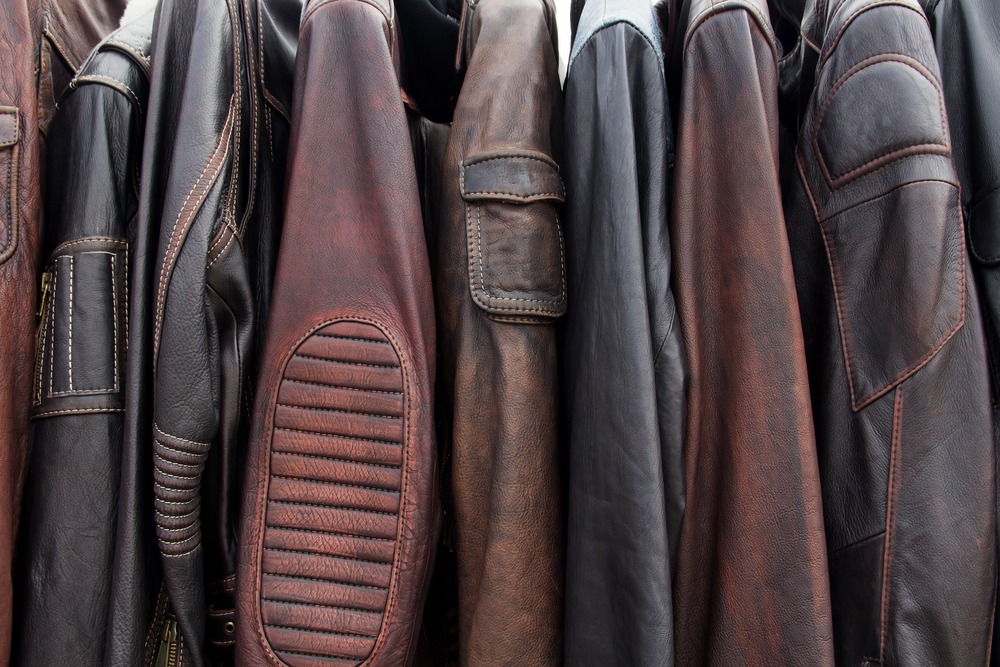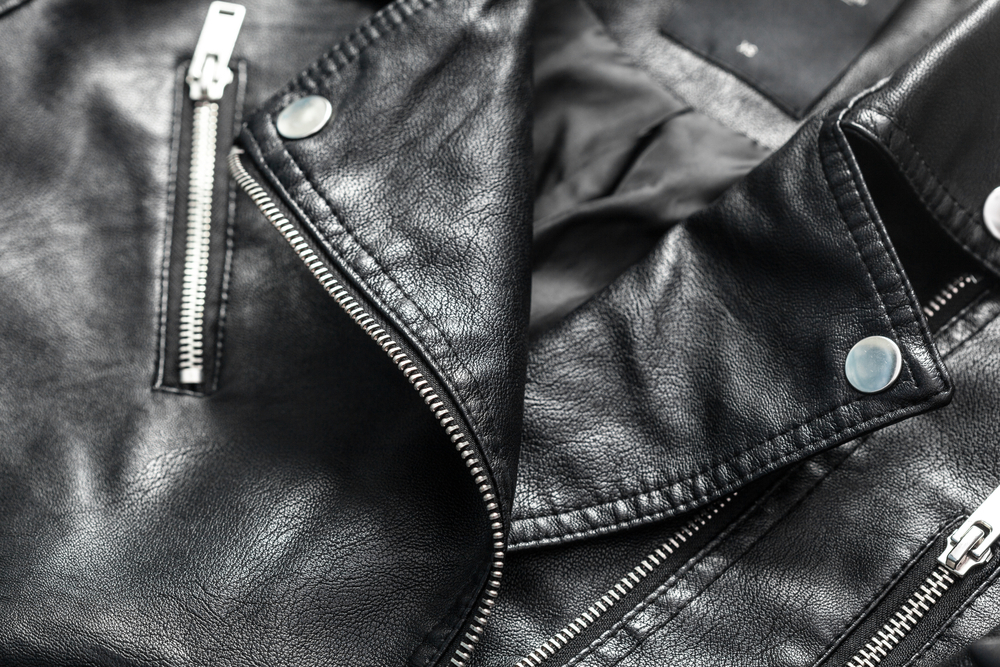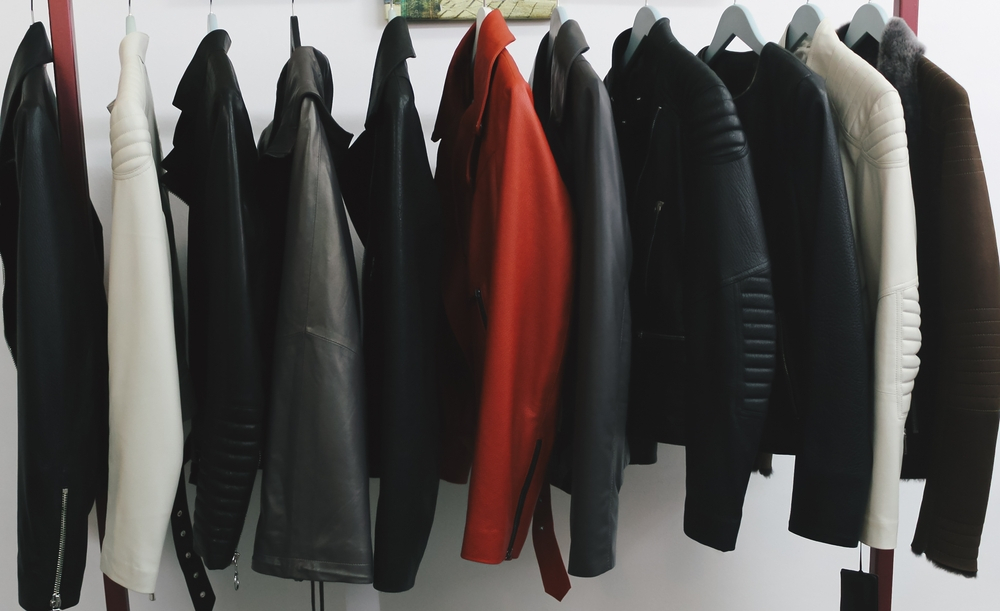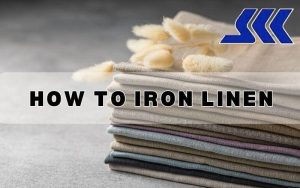So you’ve found an amazing leather jacket at a thrift store, but it needs some attention to get it looking its best. Don’t worry, we’ve got your back! In this guide, we’ll walk you through the steps of cleaning and caring for your thrift store leather jacket. Let’s get started!
Why thrift store leather jackets need special care
When you purchase leather jackets from thrift stores, they often require extra care due to their pre-worn nature and exposure to dirt, dust, or mold. Restoring their appearance and preventing cracks or fading also necessitates adding lost natural oils.
By giving these pre-loved jackets proper attention, you can ensure they look as good as new while maximizing their longevity and maintaining a stylish appearance.

Pre-cleaning check
Before starting the cleaning process, it’s a good idea to give your jacket a thorough once-over. Keep an eye out for any tears, loose stitching, or missing buttons. If you have anything that needs fixing, it’s best to get that taken care of by a pro before moving on to cleaning.
Additionally, nobody wants their beautiful jacket to lose its color! To make sure your jacket’s dye won’t run or fade during cleaning, so you should do a quick test on an inconspicuous area with a damp cloth. If you see any color coming off, it’s a good idea to consult a professional leather cleaner for guidance.
Next, to finish the process of cleaning better, you’ll need a few basic supplies to clean your thrift store leather jacket:
- A soft cloth or sponge
- Mild soap or leather cleaner
- Leather conditioner
- A clean, dry towel
How to clean leather jacket from the thrift store: Step-by-step guides
Step 1: Prepare the jacket
Before cleaning, should remove any removable items from the jacket, such as pins, patches, or accessories. This will prevent potential damage to these items and make the cleaning process easier.
Also, unzip or unbutton the jacket to ensure you can clean all areas of the leather. Make sure you have a clean, lint-free cloth or sponge, as well as a leather cleaner and conditioner on hand.
Step 2: Clean the surface
In this step, before using any cleaner on the entire surface of the jacket, it is crucial to apply the cleaner to an inconspicuous area to test its compatibility with the leather. This will help prevent discoloration or other issues.
Additionally, take the time to allow the cleaner to sit for a few minutes and observe the leather’s reaction. If there are no adverse effects, you can proceed with cleaning the rest of the jacket.
Next, we come up with the details for applying the cleaner to all surfaces. Firstly, dab a small amount of the leather cleaner onto one of the soft, clean cloths. This will help ensure the even distribution of the cleaner and prevent any potential damage.
Then, use the cloth with the cleaner to gently clean the surface of the jacket using circular motions. Be careful not to apply too much pressure, as this can cause scratches or other damage to the material.
In the process of cleaning, make sure to use a separate, clean cloth to wipe away any dirt, grime, or excess cleaner. This will prevent the dirt from being redistributed onto the leather as you continue cleaning.
If the jacket is particularly dirty, you may need to repeat the cleaning process to remove all the dirt and grime. Remember to use a light touch and be patient, as multiple gentle cleanings are preferable to one aggressive cleaning that may damage the material.
Moreover, for crevices or seams where dirt and grime may accumulate, you can use a cotton swab or a soft-bristle toothbrush dampened with leather cleaner. Gently scrub these areas, taking care not to damage the material.
Finally, after you’ve finished cleaning the entire surface of your items, allow them to air dry in a well-ventilated area away from direct sunlight or heat sources. This will help prevent the leather from fading or becoming brittle.

Step 3: Condition the leather
After the jacket is clean, it’s time to condition the leather to help restore its natural oils and keep it soft and supple. Firstly, make sure to select a high-quality leather conditioner specifically designed for leather garments. Avoid using products that contain harsh chemicals or silicones, as these can damage the material over time. Leather conditioners can be found in various forms, including creams, balms, and sprays.
Next, we come up with testing the conditioner, you need to test on a small, inconspicuous area to ensure the product does not adversely affect the color or texture of the leather. If the test area dries without any noticeable changes, it’s safe to proceed,
Then, pour a small amount of leather conditioner onto a clean, soft cloth. You can also use a microfiber cloth or a sponge specifically designed for leather care. Fold the cloth or sponge around the conditioner to help distribute it evenly.
In the process of applying, start with a small section of the jacket, using circular motions to gently rub it into the material. Be sure to use a light touch, as applying too much pressure can damage the material. Continue working in small sections until you’ve covered the entire surface of your items.
Now, give the conditioner some time to absorb the material. This may take anywhere from a few minutes to an hour, depending on the specific product and the condition of your jacket.
Next, after the conditioner has been absorbed, use a clean, dry cloth or microfiber towel to gently buff the leather. This will remove any excess conditioner and restore its natural shine.
Lastly, allow the jacket to air-dry away from direct sunlight or heat sources. Make sure it is fully dry before storing or wearing it.
Step 4: Proper storage
When you finish all the above steps if you want to store your leather jacket. Remember to store it in a cool, dry place, preferably on a hanger to help maintain its shape. By following these instructions, you can effectively clean as well as take care of the jacket without damaging them.
Related Post: How to Lighten Leather: 6 Effective Methods
Additional tips for maintaining your leather jacket
Now that your thrift store jacket is looking fresh and clean, here are a few tips to help you keep it in great condition:
- Avoid exposing it to direct sunlight or heat sources, as this can cause the leather to fade or crack.
- If your jacket gets wet, let it air-dry naturally. Don’t use a hair dryer or heater, as this can damage it.
- To prevent wrinkles and creases, always hang it on a wide, padded hanger.
- Use a soft brush to gently remove dust and dirt from your jacket periodically.
- Condition your items every few months to keep them soft and supple.
Related Post: How To Wash and Clean On Cloud Shoes: Effective Methods

Conclusion
Taking care of a thrift store leather jacket may seem challenging, but with this guide, you’ll be able to give your jacket the care it deserves. By spending a little time and effort, your thrift store finds will look as good as new!
FAQs
- Can I machine wash my thrift store leather jacket?
No, you should not machine wash your thrift store leather jacket, as it can cause damage to this fabric. Moreover, to maintain its quality and appearance, always opt for hand cleaning following proper care instructions.
- How often should I clean my thrift store leather jacket?
Cleaning your jacket is so important to maintain its longevity and appearance, Generally, you should give it a thorough cleaning once or twice a year, depending on how often you wear it and the environment it’s exposed to.
- What is the best way to remove the odor of a thrift store from a leather jacket?
To remove the thrift store odor from a leather jacket, try using a mixture of white vinegar and water. Dampen a clean cloth with the solution and gently wipe down the jacket. If the odor persists, you can also try using baking soda or activated charcoal to absorb the smell.



